Quoc-Bao Nguyen
Automatic Curation of Golf Highlights using Multimodal Excitement Features
Jul 22, 2017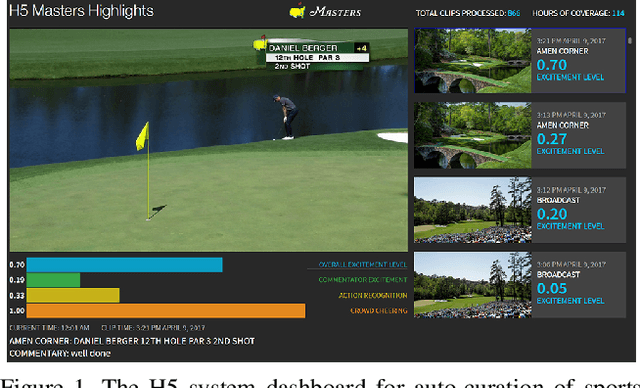
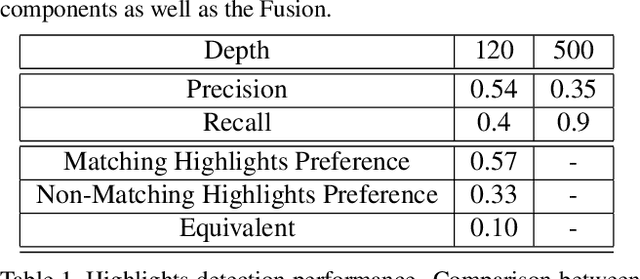

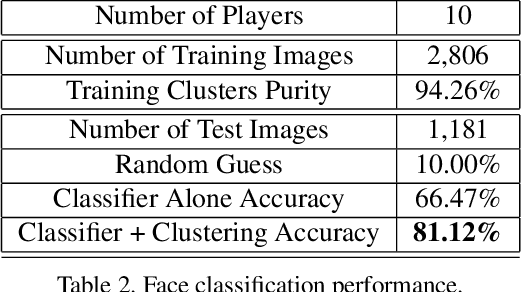
Abstract:The production of sports highlight packages summarizing a game's most exciting moments is an essential task for broadcast media. Yet, it requires labor-intensive video editing. We propose a novel approach for auto-curating sports highlights, and use it to create a real-world system for the editorial aid of golf highlight reels. Our method fuses information from the players' reactions (action recognition such as high-fives and fist pumps), spectators (crowd cheering), and commentator (tone of the voice and word analysis) to determine the most interesting moments of a game. We accurately identify the start and end frames of key shot highlights with additional metadata, such as the player's name and the hole number, allowing personalized content summarization and retrieval. In addition, we introduce new techniques for learning our classifiers with reduced manual training data annotation by exploiting the correlation of different modalities. Our work has been demonstrated at a major golf tournament, successfully extracting highlights from live video streams over four consecutive days.
Deep Learning Ensembles for Melanoma Recognition in Dermoscopy Images
Oct 18, 2016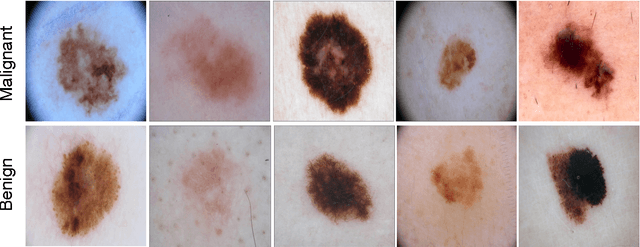
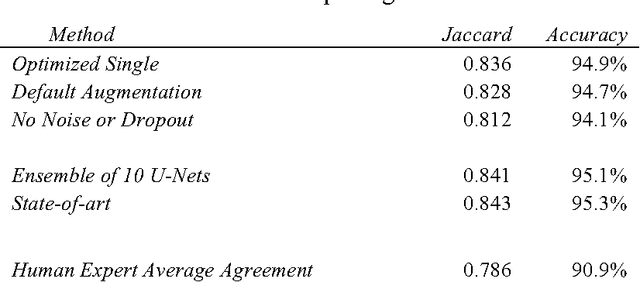
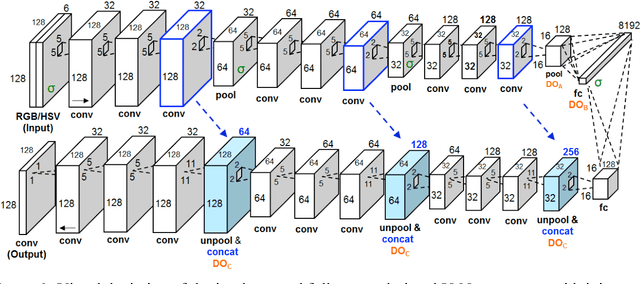
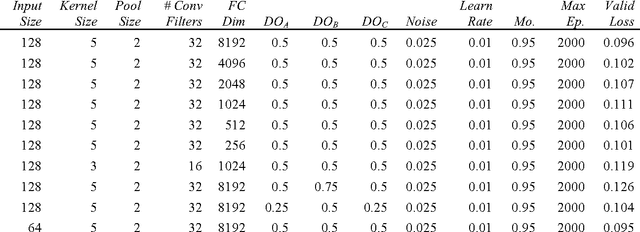
Abstract:Melanoma is the deadliest form of skin cancer. While curable with early detection, only highly trained specialists are capable of accurately recognizing the disease. As expertise is in limited supply, automated systems capable of identifying disease could save lives, reduce unnecessary biopsies, and reduce costs. Toward this goal, we propose a system that combines recent developments in deep learning with established machine learning approaches, creating ensembles of methods that are capable of segmenting skin lesions, as well as analyzing the detected area and surrounding tissue for melanoma detection. The system is evaluated using the largest publicly available benchmark dataset of dermoscopic images, containing 900 training and 379 testing images. New state-of-the-art performance levels are demonstrated, leading to an improvement in the area under receiver operating characteristic curve of 7.5% (0.843 vs. 0.783), in average precision of 4% (0.649 vs. 0.624), and in specificity measured at the clinically relevant 95% sensitivity operating point 2.9 times higher than the previous state-of-the-art (36.8% specificity compared to 12.5%). Compared to the average of 8 expert dermatologists on a subset of 100 test images, the proposed system produces a higher accuracy (76% vs. 70.5%), and specificity (62% vs. 59%) evaluated at an equivalent sensitivity (82%).
* URL for the IBM Journal of Research and Development: http://www.research.ibm.com/journal/
 Add to Chrome
Add to Chrome Add to Firefox
Add to Firefox Add to Edge
Add to Edge